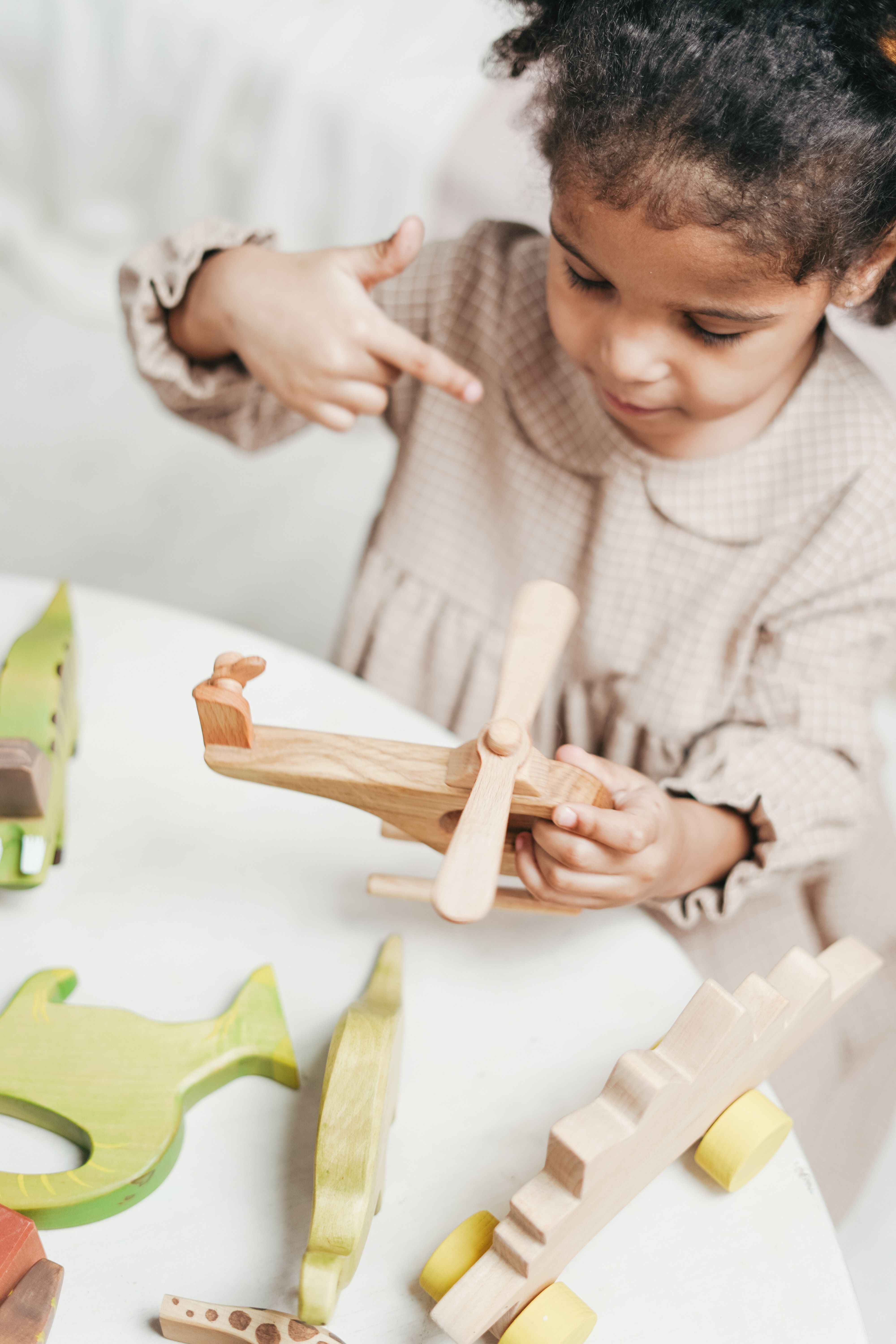Have you ever temporarily lost your child's favorite toy or blanket and panicked until you could find it? If you answered "yes", chances are your child has an attachment toy or comfort item. These are the can't-live-without stuffed animals and loveys that steal our little ones' affection. Witnessing the strength of a child's attachment to an object can be might become worrisome for parents. At times, it might even feel like a hassle if your little one refuses to leave the house until they find their favorite toy to bring along. It might leave a parent wondering:
- Why do little ones form such strong bonds to these seemingly random play things?
- Is there an age that the item should be taken away?
They may play a more important role in children's development than we realize.
Attachment Toys
Child Psychologist label these toys as transitional objects. In fact, 60-70% of children in the US and UK have a transitional object. Some parents grow concerned over the strong attachment to a toy, but experts say that they aren't harmful. On the contrary, these objects help develop self-esteem and can ease anxiety.
Professor Frank Oberklaid explains, "From when kids first become mobile and crawl, they rely absolutely on their parents setting boundaries for them…they need that predictability. This predictability extends beyond people and spaces to their favorite toys, dolls, and objects."
This explains why our children find such comfort in these otherwise random toys; the familiar object boosts emotional security.
More Than Just a Toy
Transition objects can become more than a preferred toy, they can become almost like an additional member of the family.
Alice Allan writes, "With their toy, a growing child gets to experiment with being a protector as well as being protected. As well as it being a representation of motherly love, the toy can symbolize the “baby” self; as the child comforts it, she comforts herself."
The transitional object is personified into something so much more than a toy, eventually becoming more like a friend that has feelings. For example, children might show concern for their toy feeling lonely if left behind. You might also notice a real fear and anxiety if the object is misplaced. A child may also experience palpable grief if the object is broken or permanently lost. This may feel inconvenient or dramatic to an adult, but it can feel like the loss of a true friend for the child.
Is It Normal For Your 15-Year-Old Daughter To Sleep With Stuffed Animals?
How Long Should We Keep the Baby Blanket?
While they may be forgotten about, some people keep their baby blankets and childhood teddy bears safely tucked away well into adulthood. Typically, children will outgrow their attachment to the object when they're ready. That desire to find comfort in the familiarity and cuddle of a toy is a very normal desire.
Similarly, an adult might find relief in the embrace from her partner after a stressful day or the grin and snuggles from a toddler when you pick them up from kindergarten. Perhaps, we grow out of our transitional objects as children and become adults who find that proverbial snuggle from those we love and trust, like friends, family, or pets.
Sources: First Five Years, Giggle Magazine, La Leche League


